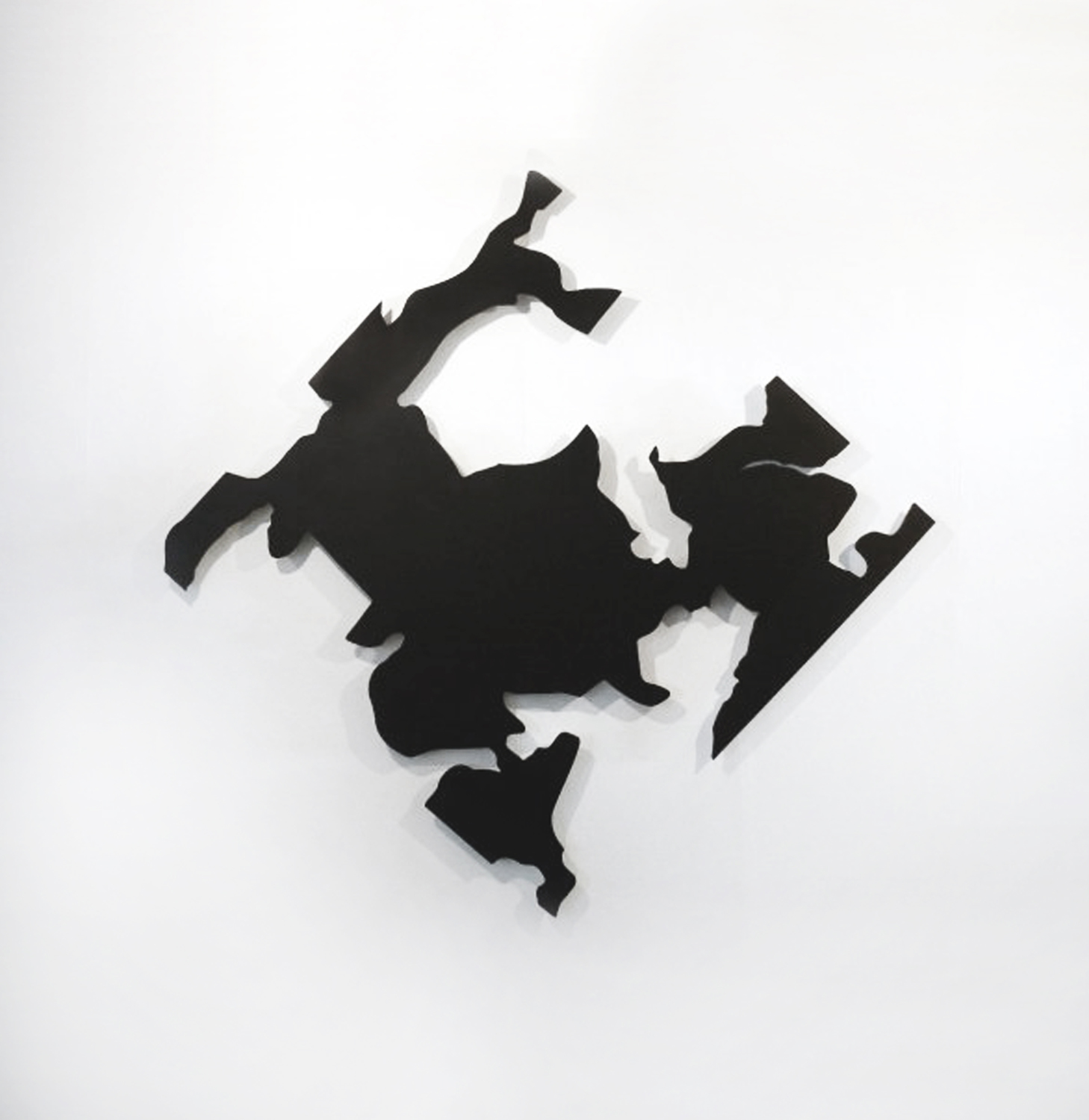Roy Ascott: The Analogues opening reception
July 4, 2013 – 7pm to 11:45pm
Curated by Anthony Kiendl; co-presented with Video Pool Media Arts Centre
Plug In Institute of Contemporary Art presents the opening reception of Roy Ascott: The Analogues on Thursday, July 4th at 7:00 pm. The artist will be in attendance and will be giving a talk at 7:00 pm in room 3BC55 at Plug In ICA. There will be an outdoor barbecue and cash bar to follow in the loading dock, which will feature DJ Mama Cutsworth. This event is free and everyone is welcome to attend.
Roy Ascott: The Analogues explores a small but crucial body of work by English inter-media artist and theorist Roy Ascott (b. 1934). The “Analogues” were all made between 1963 and 1970 and created in England. These works were last seen by the public in 1972, and have been carefully restored for this exhibition.
The “Analogue” works—non-digital, two-dimensional and non-representational wall works, pre-figure Ascott’s important later artwork and theories relating to computer networks, viewer interaction, and telematics. Ascott was the first to coin the term “telematic art” to describe the use of online computer networks as an art medium.
Consequently, the Analogues form an indexical moment through which we may better understand Ascott’s impact on art, new media theory and education. As we can see in these works, Ascott anticipated the concept of “interactivity” in art, and his radical Groundcourse in art education positioned the importance of education in artistic practice. This early position of Ascott is especially notable in relation to the educational turn in contemporary art (a resurgence of interest among contemporary artists internationally in the potential of art education as a constituent element that may be inseparable from artistic practice)
Alongside the Analogues are a small selection of other works that represent key moments in the artist’s career, some of them shown here in North America for the first time.
The Analogues were stored near Toronto since Ascott departed that city in 1972, after a brief and tempestuous tenure as the President of the then Ontario College of Art (now OCAD University). Hired in 1971 by OCA, Ascott was poised to overhaul the college’s programs. His forward-looking ideas anticipated later developments in art pedagogy, but polarized the community, precipitating his hasty departure.
Ascott moved to San Francisco shortly thereafter, as Vice-President of the San Francisco Art Institute, near Silicon Valley, and the epi-centre of cyber and hacker culture, and coinciding with the formulation of personal computing. Mentored in England by artists Victor Pasmore and Richard Hamilton — who had himself developed the importance of new media in art as a progenitor of Pop Art — Ascott was uniquely positioned to offer a theoretical framework for the emergence of a contemporary digital culture.
Ascott first went online in 1978, almost two decades before the Internet was popularly available. This encounter turned his attention from making art objects per se to organizing his first international artists’ computer-conferencing project, “Terminal Art,” in 1980.
The works in this exhibition span his initial interest in cybernetics, which initially developed in the 1960s, and his anticipation of viewer interactive art and culture at the time. It spans his more recent activities that have seen his work distributed through arts education, and online networks and platforms such as Second Life and Facebook.
Ascott’s exhibition takes place as part of Plug In ICA’s Summer Institute, an international artist residency program and alternative art school, for which Ascott will be a visiting artist and lecturer. The Summer Institute artists will also be in attendance.
Roy Ascott was born in 1934 in Bath, England. He has shown at the Venice Biennale, Milan Triennale, Biennale do Mercosul Brazil, European Media Festival, and Musée d’Art Moderne, Paris, among others. His retrospective The Syncretic Sense was shown at Plymouth Arts Centre UK, 2009; at the Incheon International Digital Art Festival, Korea, 2010, and at SPACE, Hackney, London, 2011. Roy Ascott: Syncretic Cybernetics was part of the Shanghai Biennale 2012. He is Founding President of the Planetary Collegium (World Universities Forum Award for Best Practice in Higher Education 2011), and the DeTao Master of Technoetic Arts at the Beijing DeTao Masters Academy in Shanghai; Honorary Professor of Aalborg University, Copenhagen, and University of West London. – See more at: http://plugin.org/exhibitions/2013/roy-ascott-analogues#sthash.LMuqdFUr….
A publication Roy Ascott: The Analogues will accompany the exhibition with an essay by Anthony Kiendl and an interview with Ascott by Dr. Melentie Pandilovski.



